Full of technical innovations: The new breast pumps with special functions
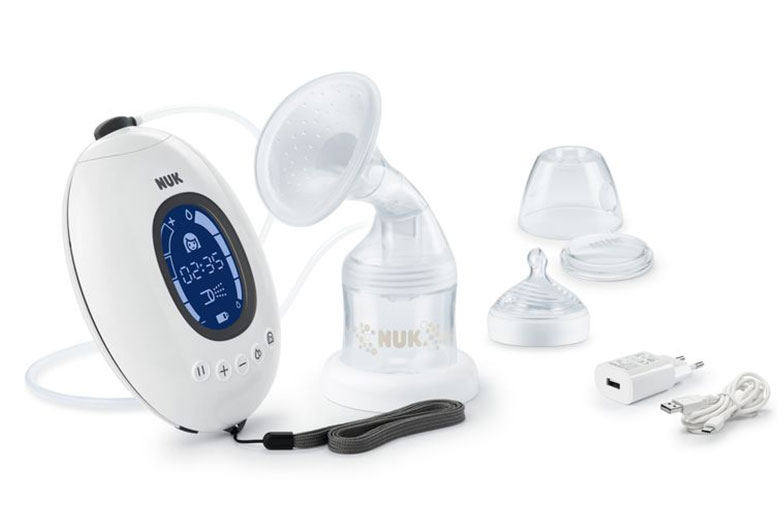
Latest news

-ADVERTISEMENT- The wellness and fitness trend has arrived in the …

The fight against environmental destruction and the climate crisis are …
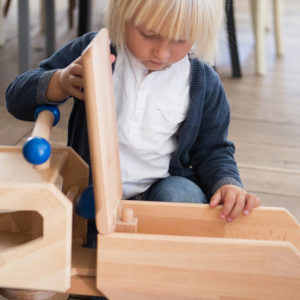
Anyone looking for new products in the field of toys, …
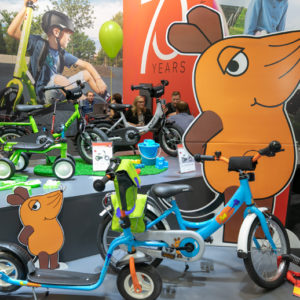
It is a market with huge dimensions and great potential. …
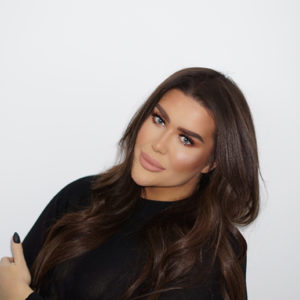
For companies, a social media presence has become indispensable and …

Hardly anything disturbs customers as much as waiting at the …

Research by TV station RBB has shown that some outlet …

The industry association Licensing International (formerly LIMA) has honored outstanding …

Communications manager Hannah König and managing director Stephan Schenk are …
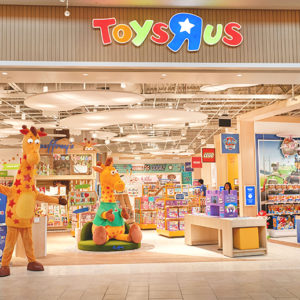
The toy dealer wants to leave his insolvency behind him. …
The focus of this year’s Kind + Jugend will be on safety and health, among other topics. Breast pump manufacturers work closely with midwives to develop their pumps in order to establish a user-friendly end-product in the market that is as free of harmful substances as possible. Luna Journal spoke with several companies and a midwife about the use of non-polluting materials in the manufacture of breast pumps and what innovations are planned for 2019.
Over the years, a lot has changed on the market when it comes to breast pumps. While the focus in breast pump production was initially on small, handy and efficient aspects, today the focus is on the development of multi-functional devices that can be set more and more individually. The electric breast pumps have become quieter in use and the bottle thread has been changed from standard to wide neck bottles.
Managing Director Jeanette Hinrichs of Lansinoh comments on the sales market for breast pumps: “We have noticed that in countries where maternity leave is shorter than in Germany, there is also a greater demand for breast pumps. Women in Turkey, for example, return to work very quickly after giving birth and therefore use breast pumps very early and frequently. In Germany, only a few women return to work before their baby’s first birthday. 2.6% of children under one year of age are cared for in public institutions. An estimated further 3% is cared for by fathers, grandparents or nannies. Nevertheless, there is also growing interest in clever pumping solutions in Germany to be as flexible and mobile as possible with children. Small, compact breast pumps are particularly popular.”
Midwives support the development process of breast pumps
Many companies work closely with midwives to develop their breast pumps: “The opinion of midwives is so important to us that we entrust them with many products in the run-up to market launch and ask them to test them with “their“ mothers who care for them. This gives us a great opportunity to implement small improvements and suggestions in the last development stage,” explains Christine Cordes, NUK Manager for breastfeeding products.
“My experience and scientific knowledge are already in demand in the development phase of new products. I have experienced how seriously my suggestions are taken. Just like me, the MAM company puts a lot of heart and soul into its work,” reports Ingrid Lohmann, freelance midwife B.Sc. “Thanks to my decades of professional experience, I know how well the products work and I also like to recommend them to my women.”
Important in breast pumps: Safety right from the start
Since 2011, the European Commission has banned the use of bisphenol A in the manufacture of baby bottles in EU Member States. According to the 2006 EFSA (European Food Safety Authority), polycarbonate baby bottles are the main source of exposure to BPA in infants. On the EU market, there are alternative materials to polycarbonate that do not contain BPA, according to the Commission, in particular baby bottles made of glass or other plastics. These alternative materials must meet the strict safety requirements for materials that come in contact with food. This is why it is not necessary to continue using polycarbonate containing BPA in baby bottles, says the Commission’s Directives on the restriction of the use of bisphenol A in plastic baby bottles.
Well-known breast pump manufacturers such as Lansinoh and MAM use materials that are free of BPA and BPS. For example, the plastic material polypropylene, which is suitable for the manufacture of bottles and pacifiers, is used extensively. Glass is also a preferred material for the production of breast milk bottles.
Jochem Neijssen, Managing Director of MAM Babyartikel GmbH, points out: “However, hygienic production conditions are also important when manufacturing products for babies, as it is not the materials but subsequent contamination that can be harmful to babies. At MAM, we therefore pay particular attention to hygienic conditions throughout the entire production process”.
Breast pump innovations 2019
The new breast pump from Lansinoh belongs to a new generation of pumps in Germany. With a weight of 200 grams, the pump motor is very light. The fist-sized pump fits easily into the purse, which enables mothers to pump easily. It is easy to operate and the suction strength (five levels) and rhythm (stimulation and pumping) are individually adjustable. The LED light emitting diodes make the settings clearly visible even at night. The hygienically closed system prevents the milk from getting into the hose. This makes the pump easy to clean.
“A stylish helper for all breastfeeding mothers who also rely on comfort when they are out and about. One for everywhere. Mothers who are already using the pump are also enthusiastic about the powerbank function, with which the pump can also be operated practically when out and about,” says Managing Director Jeanette Hinrichs of Lansinoh. The powerbank is not included in the scope of delivery. The NaturalWave® nipple is included in the delivery, which enables the baby to keep the learned suction pattern.
NUK presents the new NUK Nature Sense electric breast pump with LCD smart display at Kind + Jugend. The multifunctional pump combines 16 different programs for the suction rhythm and suction strength as well as a memory function for the mother’s “favorite program”. According to NUK Manager Cordes, the functions make life easier for the mother by adapting to her individual needs and wishes, and not vice versa. In addition, the electric breast pump has a rechargeable battery that can be charged via an external power bank.
In an interview with Luna Journal, Jochem Neijssen reveals MAM’s planned breast pump innovation for 2019: “At the beginning of next year we will add an electric breast pump to our breast pump range. This is a premiere for MAM. The new electric breast pump is perfect for the use at home, when out and about or at work. It can be used with mains operation as well as with an integrated rechargeable battery. This gives the mother maximum flexibility and encourages mothers to breastfeed even longer”.
Manual vs. electric breast pump
On the market there is a choice between hand pumps and electric breast pumps. When used frequently, e.g. several times a day, the electric pump is particularly practical, according to Ms. Cordes, NUK Manager for breastfeeding products, as it is efficient and can pump a higher quantity of milk in a shorter time. The manual breast pump, on the other hand, is suitable for occasional pumping, but can also be a more convenient choice for frequent pumping. It is also particularly easy to assemble and clean. The manual pump is often used at the start of breastfeeding, e.g. to release a breast engorgement or as a remedy for small swellings, explains Jeanette Hinrichs, Managing Director of Lansinoh. The manual pump is usually cheaper than the electric pump.
Midwife Ingrid Lohmann recommends: “The choice between manual pump and electric breast pump always depends on the individual situation. Also on the time when the pump is used. An electric pump is required to build up the necessary milk quantity directly after birth or if the milk quantity is too low. If you occasionally need to pump milk to take care of your child, I usually recommend that you first purchase a breast pump with a manual function. It is considerably cheaper to purchase. If there is a medical indication for the mother or the child or if one pumps regularly or several times, an electric breast pump makes sense”.
You might be also interested in:
Free of harmful substances – NUK
Link: www.kindundjugend.de
Bild: NUK, Lansinoh
//JP



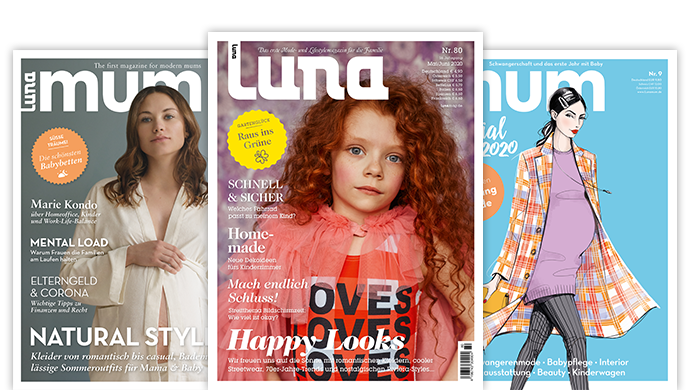
Leave a Reply